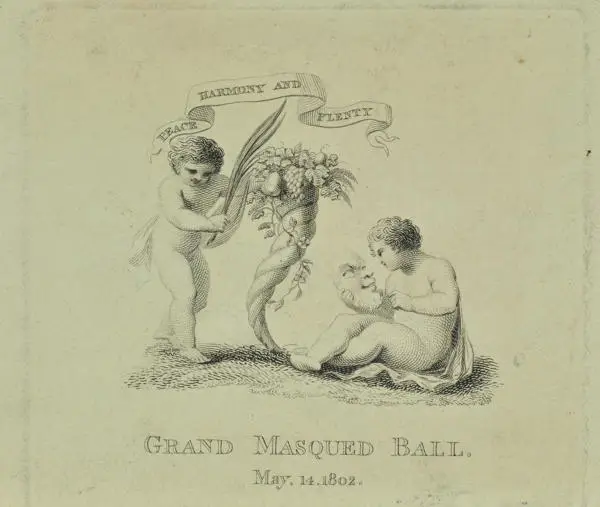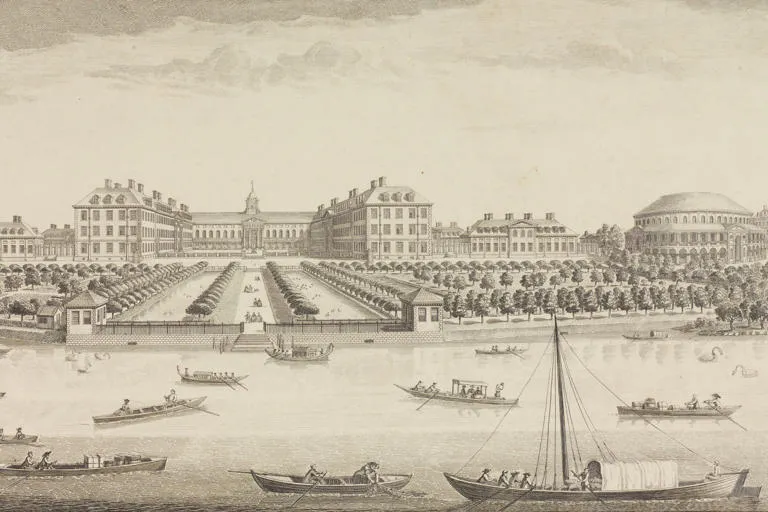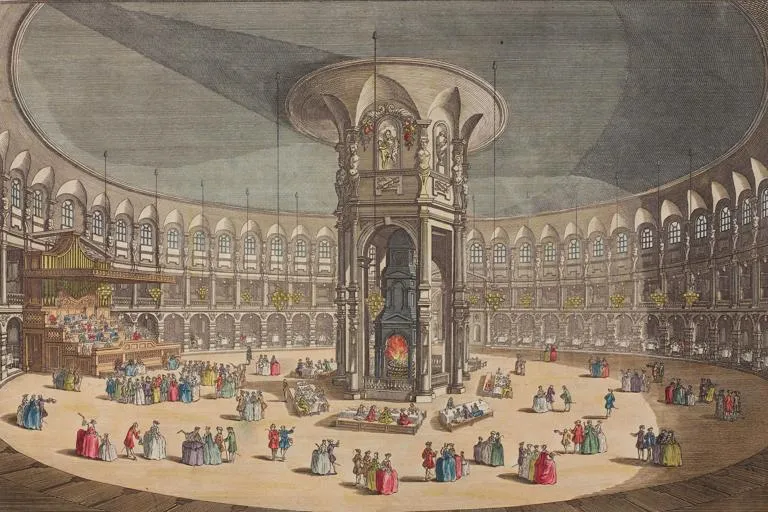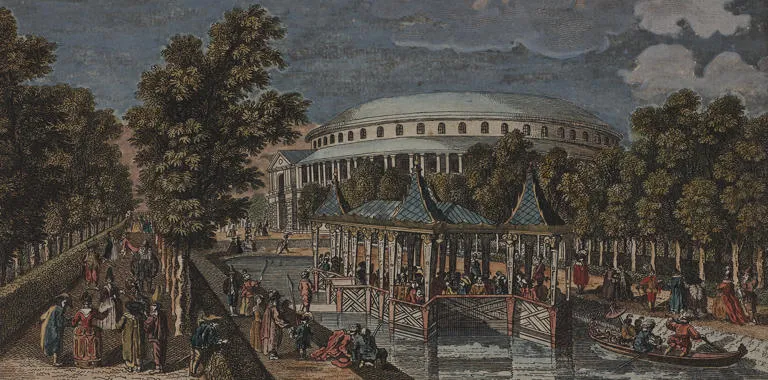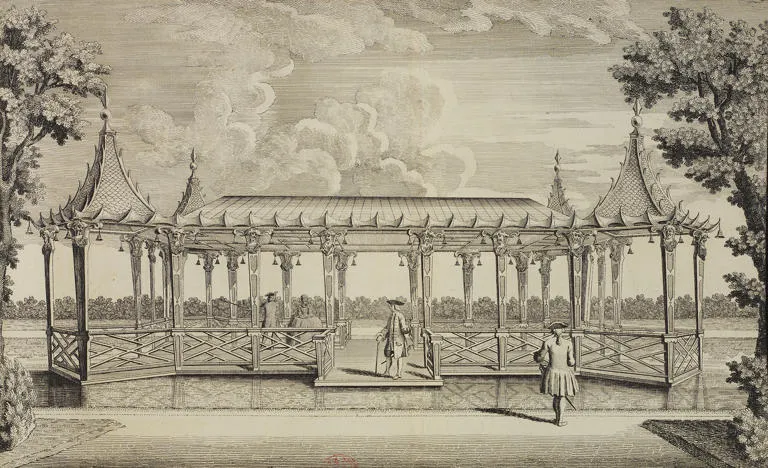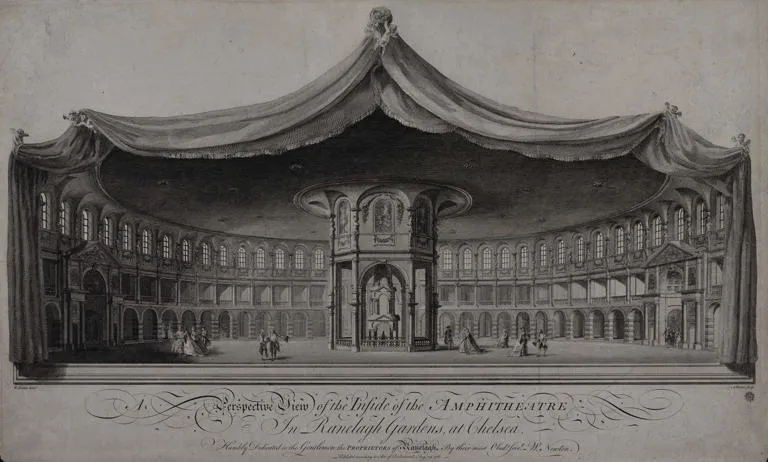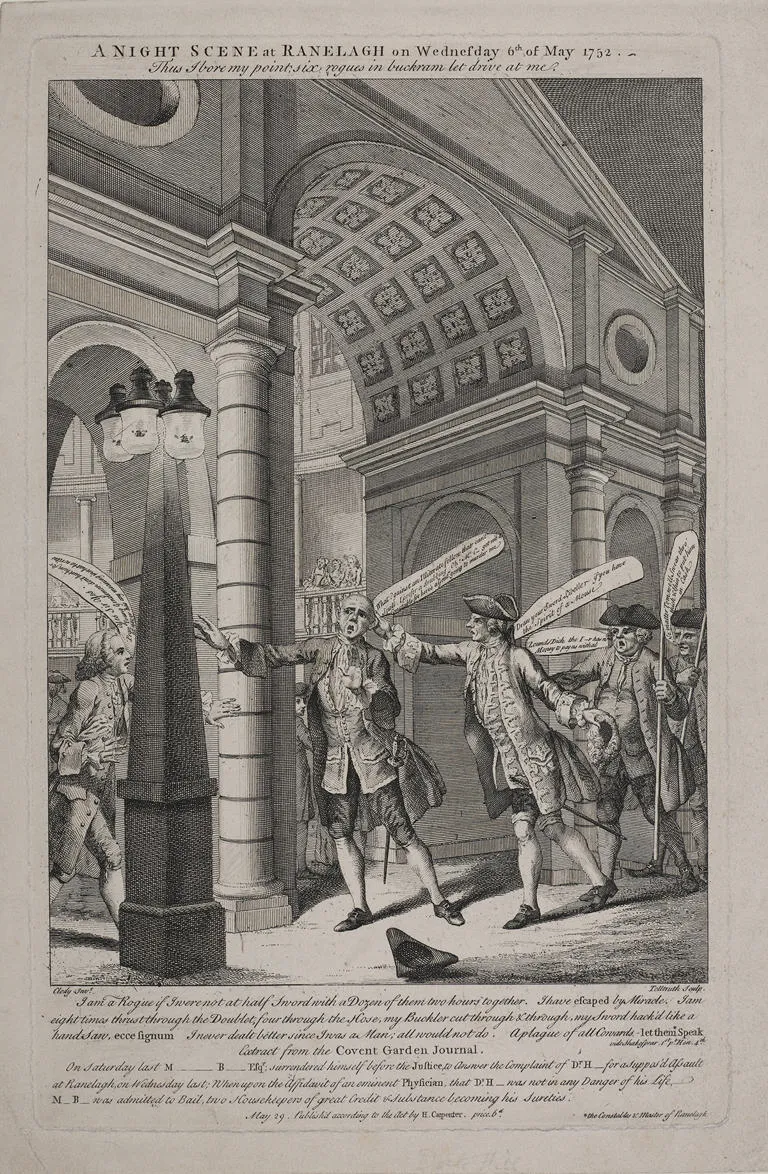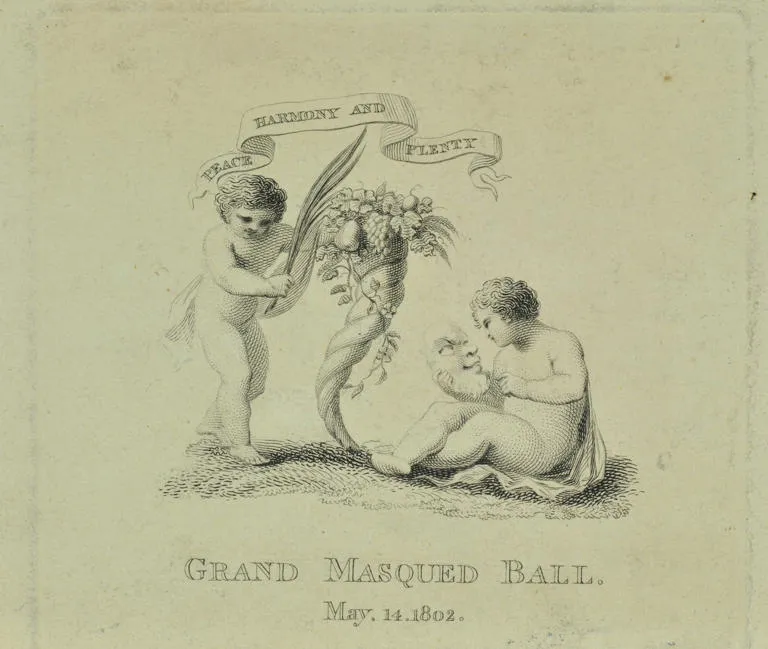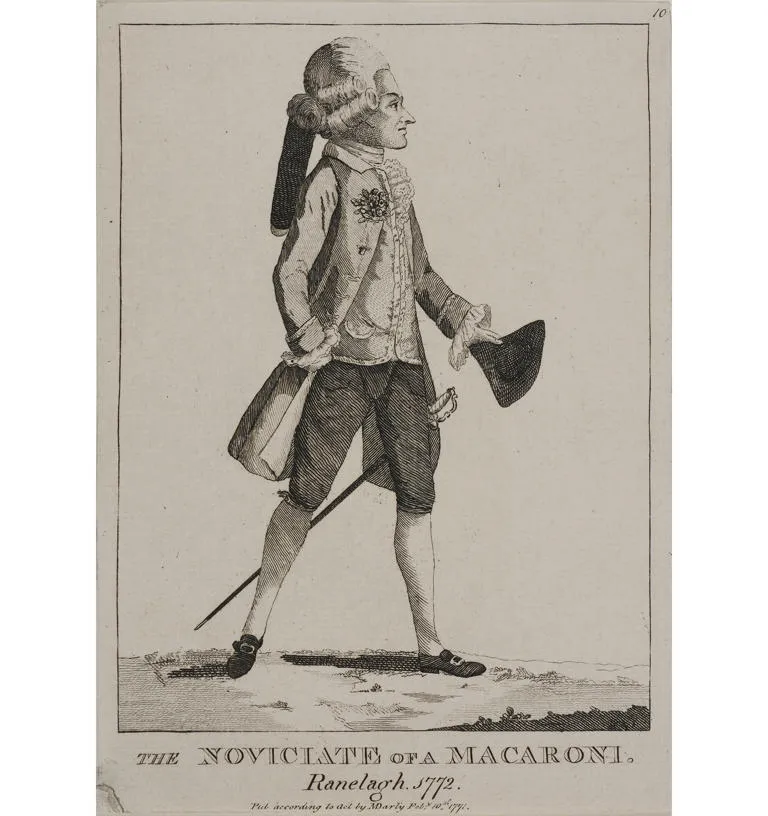Ranelagh Gardens
In the early eighteenth century pleasure gardens were a popular leisure attraction. Sharon Tuff introduces us to Ranelagh Gardens.
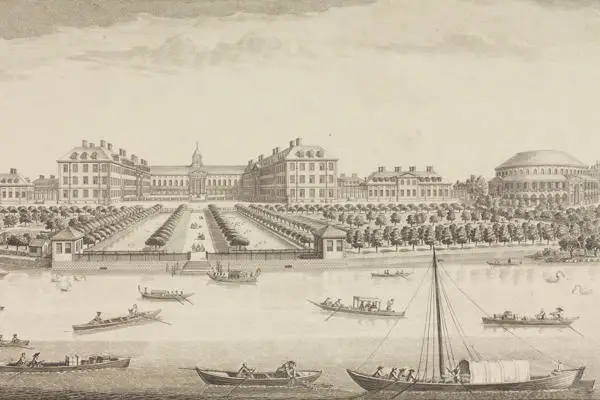
Ranelagh Gardens was built on a site east of the Royal Hospital Chelsea, the location of a house built for Lord Ranelagh in the 1690s.
The land was acquired by a syndicate led by James Lacy, lessee of the Drury Lane Theatre, and Sir Thomas Robinson MP. The centrepiece of the gardens was a rotunda, modelled on the Roman Pantheon, but larger in size. Built by William Jones, a surveyor to the East India Company, it was heated by a central fireplace with an orchestra, an organ and 52 candle lit boxes around the walls where guests could take refreshments. Once admitted crowds could promenade around the central fireplace.
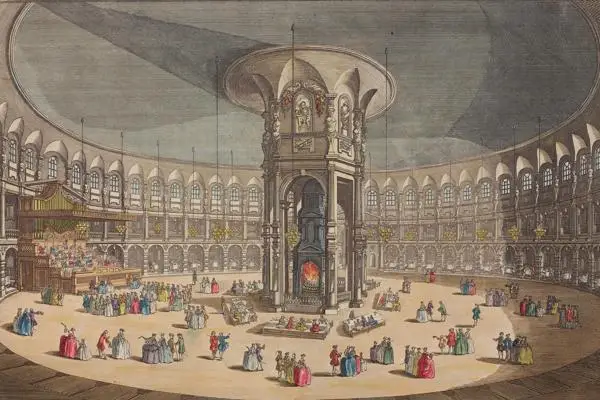
The gardens opened on 22 April 1742 for concerts and public breakfasts for three days per week, admission was 12 pence. Although initially popular, they were soon seen as monotonous and rather staid and new features were added to make the venue more interesting, including a canal and Chinese House.
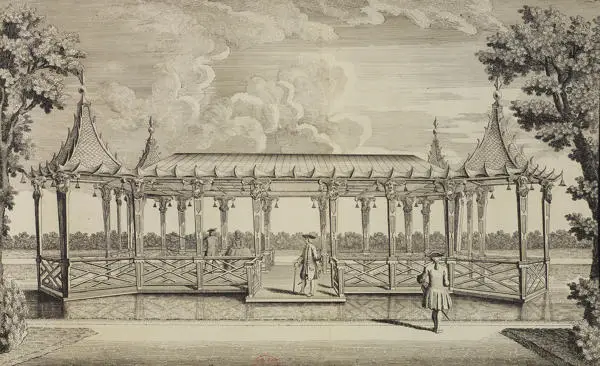
There were masquerades, gaming tables, dancing, and later lotteries and balloon ascents. Entertainments included the young Mozart, performing in 1764, and a notorious incident in 1752, where Mr Brown pulled off Dr. John Hill's wig! In 1803, the rotunda was used for the final time and Ranelagh Gardens was demolished two years later.
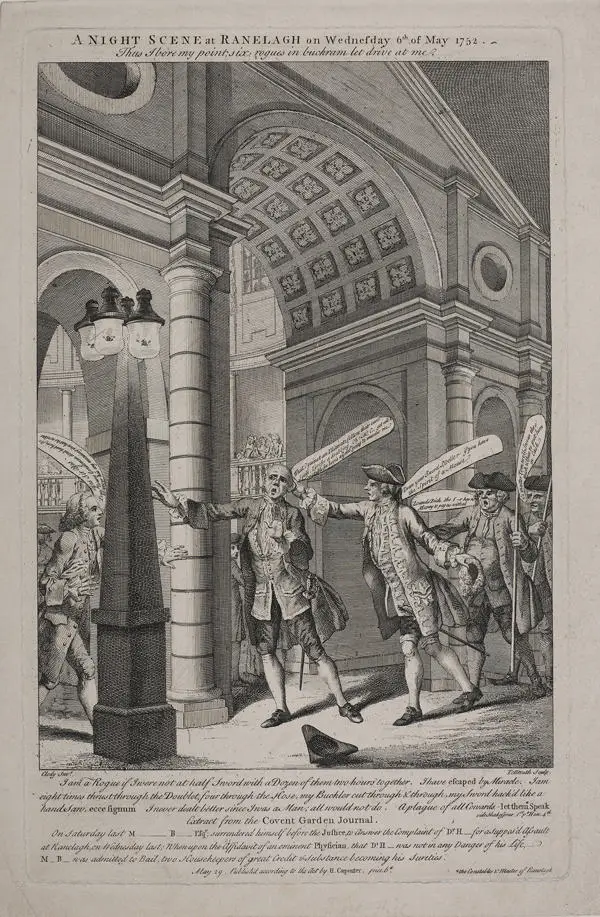
Continue your research
- LMA holds thousands of pictures, maps and visual material covering Ranelagh Gardens, the surrounding areas, and all of London. Visit the London Picture Archive to see more
